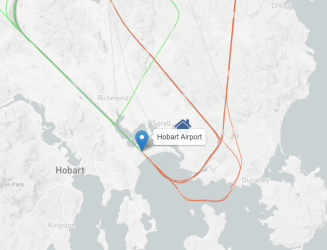jb747
Enthusiast
- Joined
- Mar 9, 2010
- Posts
- 13,423
Could it happen? Almost certainly. But not in the current generation of aircraft, unless they consider looking out to be totally redundant. RdC’s event was a classic example of the computers not being able to handle things, because the programmers had considered such a mix of failures to be so unlikely as to be impossible. Flying these aircraft, you saw failures of the system and the programmers, all of the time. We simply fixed it and moved on. Be interesting when the is no way to move on. But I guess it will be cheaper.Richard DeC was on the radio this morning. Apparently, according to him, airlines are pushing for single pilot crews. Could this ever happen? At least on short domestic flights?
Very likely. I expect the long term planning would be a totally autonomous aircraft, with some poor soul left watching over it. Of course when the software does drop the bundle, he will be asleep and totally out of practice. From experience, when electric (FBW) jets suddenly decide to hand over, they are much more of a handful than their older brethren. And how do we train, or even attract, pilots, in this sort of scenario?Next step to pilotless aircraft…
People hear about “pilot error” accidents all of the time, and they assume that they’d be safer if you got rid of the pilots. But, you don’t hear about “computer error” events, because the pilots fix them, not because they don’t happen.

















